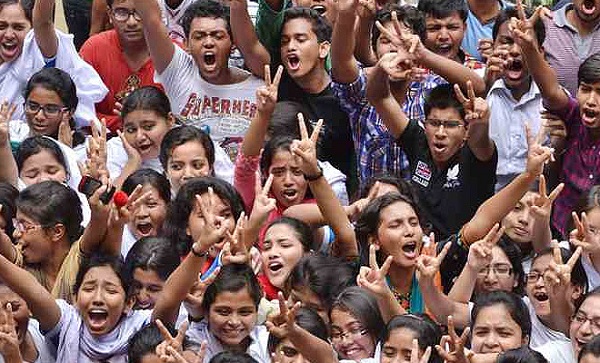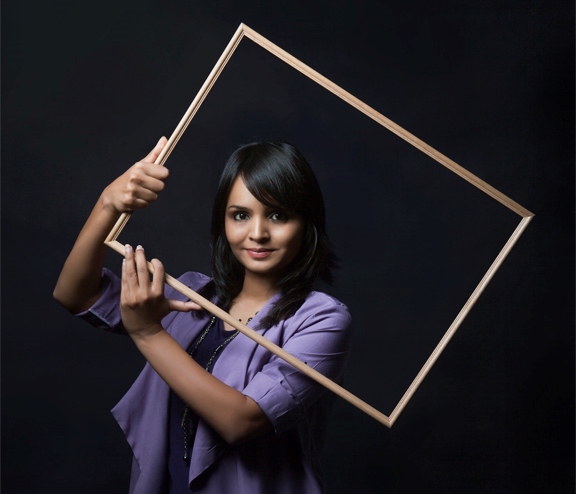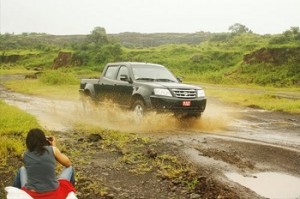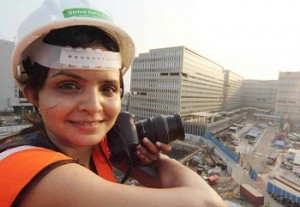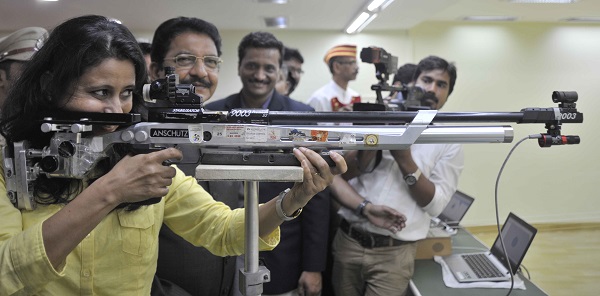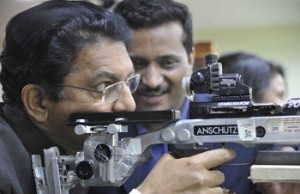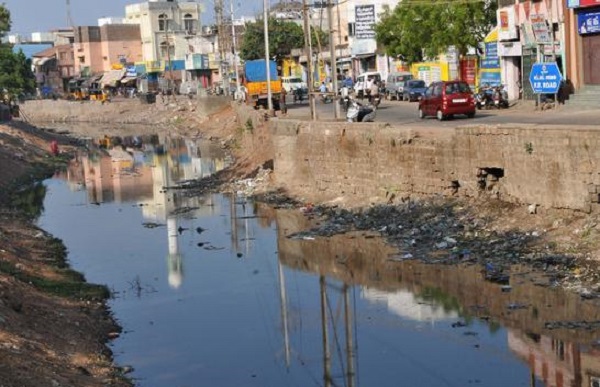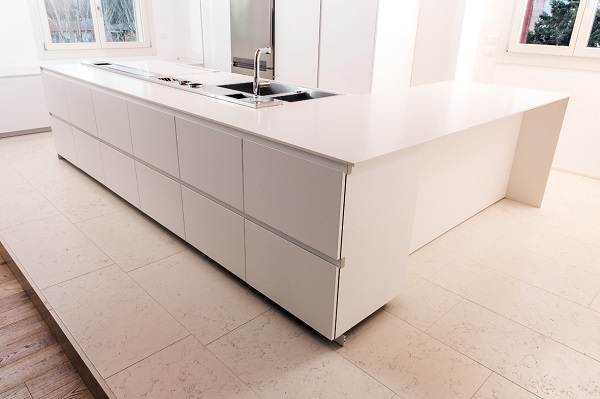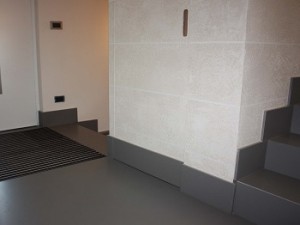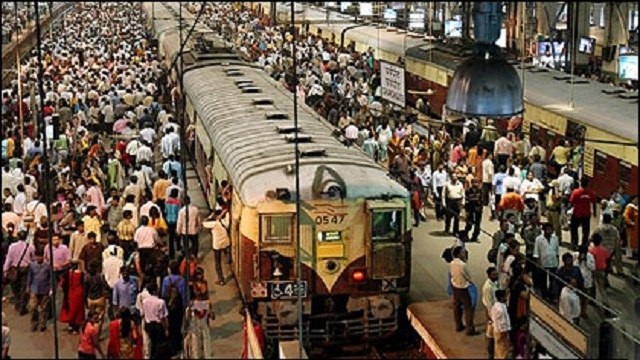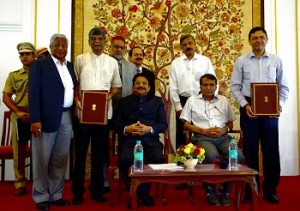There is more to life than marks, everybody says. Then why don’t we let our children rise above the marking system?
by Ritika Bhandari Parekh
It is that time of the year when Mumbai colleges get divided in the stream of SSC, ICSE and CBSE boards. Leading newspapers publish the toppers’ round-faced photographs, thanks to their cheeks being stuffed with laddoos. Coaching classes print cropped images of their students with a sidebar proclaiming their percentages.
It has been close to three decades when my parents passed their 10th standard exams. And yet the focus of our modern and so-called westernised education has not gone beyond marks and percentages. My sister and I had to slug it out on paper to prove our worthiness for a seat in a ‘good’ college.
In a system of invigilators, moderators and rank holders, the final year of school becomes a trying and testing ground for the average student. Marks, marks and more marks is the mantra on every teacher’s lips. And when the results are declared, no one exists except the top three rankers from the school.
Next in line is the rush to fill the junior college admission forms. The serpentine lines of Arts, Commerce and Science stream is proof enough of our fledgling young population. Amidst chaos and a mixture of happy and sad faces, lists are read and students walk in their desired or not desired college. This year the same brouhaha will take place, albeit online and in a flawed manner.
But there is solace for the Whatsapp generation in the video by Vir Das. In his unique way, the stand-up comedian rubbishes the focus on marks. He flashes the entire life an average human being leads, and intersperses the plethora of emotions one will feel in this journey called life. Nowhere, he mentions, nobody will ask you – how much did you score in your 10th standard?
His words resonated with me, as during my SSC exams – I felt the pressure of delivering marks. I was a good student, but my Principal wanted me to commit a number above 90, to work on. Never to work under pressure, the undue importance given to my marks made me angry and my parents noticed a change in my behaviour. Their support and understanding of ‘we shall love you, even if you get less marks’ helped me overcome the tide.
But it wasn’t until my friends who wished to get in the Science stream and couldn’t do so because of less percentage and higher cut-offs – did I realise what a foolish system we have created. I can vividly recall the maddening desire of my sister to get in a particular Commerce College. Only because the entire family had graduated from this Juhu college and she wished it too. Her dejected look as she missed by a mark in the cut-off list broke my heart.
Am sure there are many such tales in every family, where the elders celebrate this passing ritual with a bittersweet smile and a mithai. As the newly-formed Government is so keen on reforming the education sector, why not start with a better way to embark the important phase of college life? A common exam wherein, all the boards get equal opportunity to showcase the knowledge imparted. But then, it is a money-making scheme – so it will remain. The SSC, ICSE and CBSE boards will thrive amidst all the confusion and students will be slaughtered with the numbers.
It starts out in the levelled playing field where your toddler runs as the teacher says, ‘On your marks’. But it ends in the competitive ground where the neighbourhood aunty has an advice – On your marks, on your choices and your entire life.
Do you have a marks-related story to share? Tell us in the comments section below.
(Picture courtesy indianexpress.com. Image used for representational purpose only)
